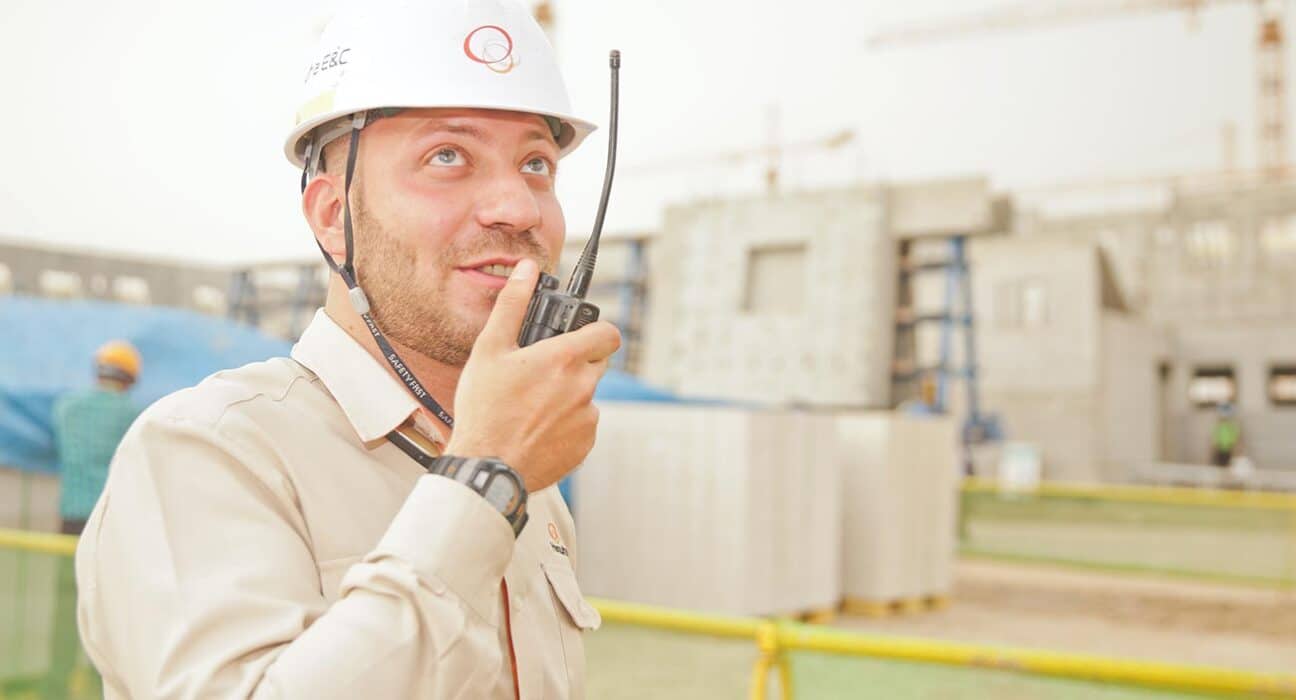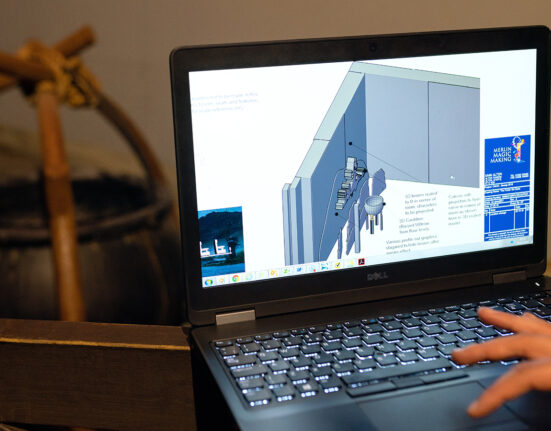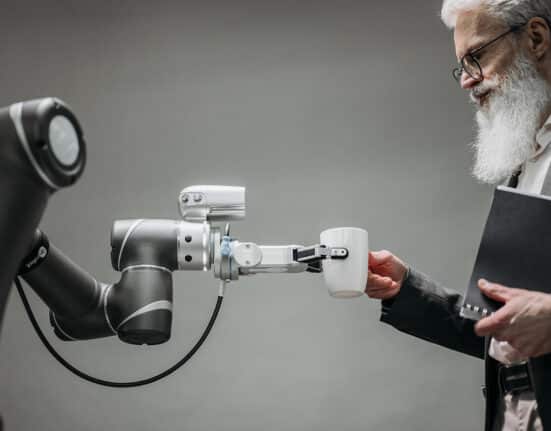A radio communication system is a collection of fixed and mobile radio equipment designed to serve an organization by allowing specific communication modes like one-to-many and one-to-one. The system uses one or more fixed sites to repeat and relay messages to nearby and remote locations as needed. The two-way radio allows people to exchange messages. Examples of radio communication systems include cellular telephone, Point-to-point, WI-FI (wireless fidelity), and Wi-ax.
Radio broadcasting is the transfer of information in one direction only. Many frequency bands and modulation types are used for the radio communication system.
The modern two-way radio system is an alternative name for a radio communication system, typically having three user modes. A portable radio user has a handheld transmitter-receiver, or transceiver, which runs on batteries and is easy enough to take almost anywhere; a mobile radio user sits at a station with stationary radio equipment. The transportable radio may be carried and operated during stationary times.
Due to technology, radio electronics have improved as there has been a breakthrough in battery that increases the talk time for portable radios. Some technologies also allow radio transmit power auto-adjustment to match the user locations relative to the fixed stations.
The users of radio communication can communicate with all members of the team at the same time. Each group in an organization is granted an actual virtual private channel where they can communicate without interfering with other groups. This feature is made possible by radio receivers’ channel selectivity in conventional analog communications.
In conventional analog communications, channels are allocated to a different group, and when there are too many groups, trucking allows radio groups to have a virtual channel as needed. A trucking radio communication system requires a form of data communication-capable subscriber units called trunked radios. Trucked radios help to request a channel without the user knowing it automatically. The users will only discover that a specific virtual channel or talk group is accessible. Additionally, a go-head beep informs the user that a virtual channel has been established and that the user may speak.
The radio communication system has many advantages compared to the television. Therefore, broadcast radios will continue to span all generations, demographics, and ethnicities. People will listen to their favorite programs from all over the world. This will increase the high demand for advertising, amplifying the radio and brands.







